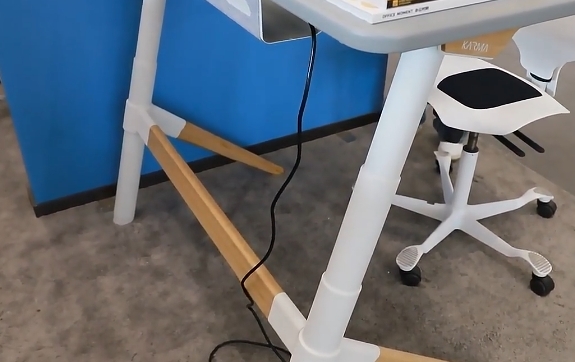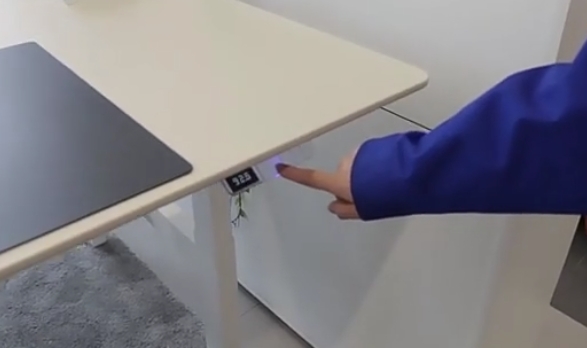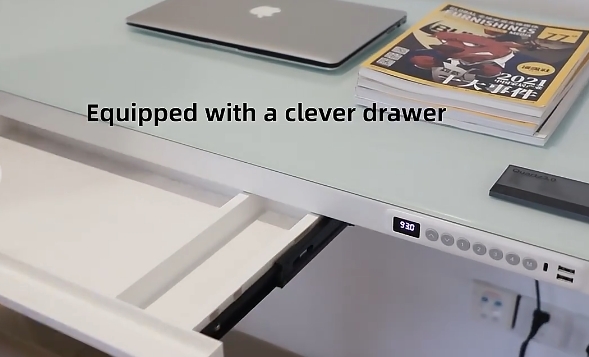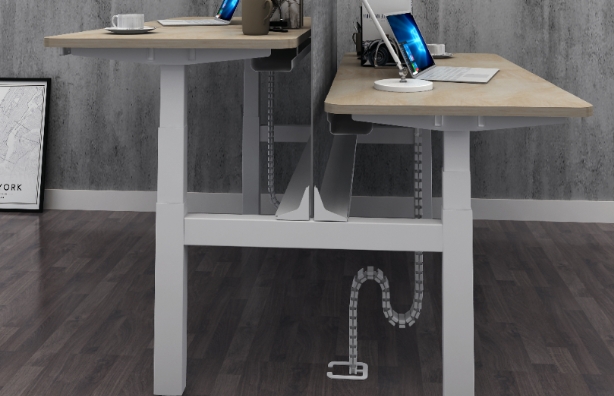- Home
-
- TF Integrated Workstation
- TT Integrated Station
- TS Single-Person Station
- TO Single-Person Station
- Advanced Office Table
- Manager Table
- Odette Conference Table
- Lifting White Board
- Lifting Podium
- Working Port
- Zen Standing Desk
- Lifting Coffee Table
- Home Standing Desk
- Nature Standing Desk
- Invictus Gaming Desk
- Study Desk
-
-
- Electric Hospital Bed
- Image Equipment
- Examination Bed/Clinic Bed
- Operation Table and Chair
- Infant Incubator
- Independent Weighing System
- Home Care Bed
- Patient Lift
- Wheelchair
- Toilet Lift
- Bath Lift
- Shower Trolley
- Smart Rollator Walker
- Ophthalmic Workstation
- Treatment Chair
- Facial Chair
- Traction Table
- Massage Chair
- OT Training Equipment
- Stand-up Application
- Rehabilitation Robot
-
-
- Photovoltaic Application
- Photothermal Application
- Energy Storage Container
- Tractor
- Seeder
- Fertilizer Spreader
- Harvester
- Rotary Cultivator
- Climate Control System
- Automatic Feeding System
- Excavator
- High Altitude Work Platform
- Garbage Truck
- Street Sweeper
- AMR Automated Guided Vehicle (AGV) and Autonomous Mobile Robot (AMR)
- Forklift Accessories
- Palletizing Collaborative Robots
- Packaging Machine
-
-
Optimize Your Home Office with the Standing Desk Solutions
Views: 0 Author: Site Editor Publish Time: 2025-07-11 Origin: Site
As remote work becomes the norm, more professionals are investing in home office setups that prioritize health, productivity, and comfort. Among the most popular solutions is the standing desk, which promotes movement, reduces sedentary time, and supports better posture. Whether you're redesigning a dedicated workspace or upgrading your existing setup, understanding the key components — like the standing desk frame, standing desk legs, and accessories such as a standing desk converter — is essential for creating a flexible and efficient work environment.
In this article, we explore how to build an ideal home office using different standing desk solutions, highlight the role of standing desk cable management, and even discuss the benefits of a standing desk with drawers for enhanced functionality. Let's dive into how each of these elements supports a healthier and more organized remote working experience.
Choosing the Right Standing Desk Frame
The standing desk frame is the foundation of any height-adjustable workstation. For remote workers who spend long hours at their desks, selecting a durable and quiet motorized frame ensures seamless transitions between sitting and standing. Steel or aluminum desk frames offer strength, stability, and can support various tabletop sizes depending on your space constraints.
Many modern standing desk frames come with memory presets that allow users to save their preferred height settings. This is especially useful in a home office shared by multiple family members or roommates. When choosing a frame, consider the lift capacity, height range, and noise level to match your daily usage.
Why Standing Desk Legs Matter?

Often overlooked, standing desk legs play a critical role in ensuring desk stability during height adjustments. Remote workers frequently place monitors, printers, or even bookshelves on or around their desk. High-quality legs with wide bases and anti-collision technology can prevent wobbles and protect your gear.
A well-designed pair of standing desk legs also contributes to the aesthetic of your workspace. Sleek black or white powder-coated finishes pair well with wood or laminate desktops, enhancing the modern look of a home office. Adjustable glides at the feet further ensure that your desk remains stable even on uneven floors.
Benefits of a Standing Desk Converter

Not ready to commit to a full height-adjustable desk? A standing desk converter offers a budget-friendly and space-efficient alternative. These platforms sit on top of your existing desk and can be raised or lowered manually. They’re ideal for small apartments or temporary work setups where a permanent standing desk isn’t feasible.
Standing desk converters are also portable, allowing you to shift between rooms or even take them to the office when needed. Look for models that support dual monitors and include a separate keyboard tray to maintain ergonomic alignment. For freelancers and remote workers always on the move, this flexibility is a game changer.
Try a Standing Desk with Drawers

While most height-adjustable desks focus on form and function, a standing desk with drawers adds a new layer of organization to your setup. Working from home often means managing personal and professional documents, chargers, and stationary in one place — having dedicated drawers minimizes clutter and boosts productivity.
Choose a desk where the drawers are built into the tabletop or mounted beneath it to ensure that the height adjustment mechanism remains smooth. A standing desk with drawers keeps your workspace clean, allowing you to focus on the task at hand without being distracted by mess or disorganization.
Master Standing Desk Cable Management to Keep It Tidy

One of the biggest challenges remote workers face is managing tangled cords from monitors, lamps, phone chargers, and laptops. That’s where standing desk cable management comes in. Using cable trays, clips, and sleeves, you can prevent accidents and create a professional-looking home workspace.
Height-adjustable desks often require flexible cable routing to accommodate movement. Investing in quality standing desk cable management solutions reduces wear on cables and avoids disruptions when raising or lowering the desk. For multi-device setups, consider an under-desk cable organizer paired with a surge protector for safety and convenience.
Conclusion
Whether you're just beginning your remote work journey or looking to optimize your existing home office, investing in the right standing desk setup can make a significant difference in your daily comfort and efficiency. From selecting a stable standing desk frame to enhancing your setup with standing desk legs, converters, drawers, and robust standing desk cable management, every element plays a role in shaping a healthier and more organized work life.
A high-quality standing desk does more than just allow you to stand. It can also create a dynamic, personalized workspace that complements your daily habits. Leading manufacturers like JIECANG offer a wide range of ergonomic solutions — from adjustable desk frames to integrated cable management systems — helping you explore your options and create a home office that really suits you.
Standing Desk FAQs:
1. Can I install a standing desk frame on my existing tabletop?
Yes, most standing desk frames are designed to be compatible with various tabletops. Just ensure the dimensions and weight match the frame's capacity.
2. Are standing desk converters suitable for full-time remote work?
Yes, for light to moderate workloads, standing desk converters offer great flexibility. For heavier setups, a full standing desk may be better.
3. Do standing desks with drawers compromise height adjustability?
Not necessarily. Many standing desks with drawers are designed so the drawers don't interfere with the lifting mechanism.
Related Articles
QUICK LINKS































